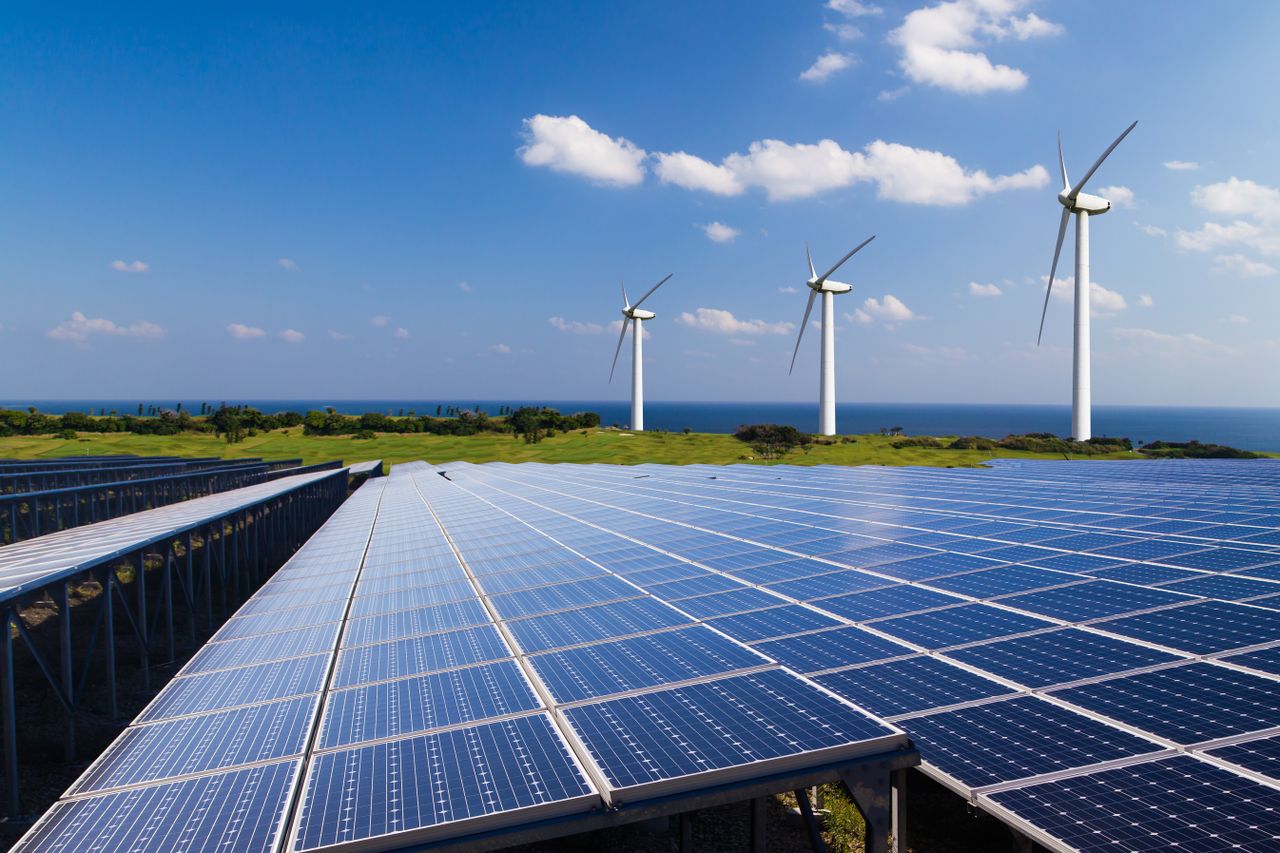- Green chemicals
- Sector Coupling
Power-to-X is more than just sector coupling: green hydrogen and grid flexibility
Let’s start with the production side: In the EU, around 35 % of the energy production is now renewable – a remarkable achievement, but globally only around 13 % of the energy system is renewables-based. The European energy grid is still able to cope with that, but the envisioned expansion of renewable energy production will sooner or later exceed this capability. So, a flexible element between power generation and energy consumption is required, ideally by using the existing infrastructure. Here, Power-to-X solutions are viable routes for solving many challenges at once. With water electrolysis from thyssenkrupp, which is designed for multi-megawatt installations, you have two functions in one: It offers high flexibility to the power market – e.g. it is approved as primary control reserve. And secondly, the produced hydrogen can be stored and post-processed at any given point in time.
Using the gas grid for transportation of green energy
Using the gas grid for transportation of green energy

It is a proven fact that if power is converted into gas (hydrogen or synthetic natural gas, SNG), storage and transport are way more cost efficient than using the pure electricity transmission. Only by complementing battery storage facilities and the extension of the power transmission grid with a green gas infrastructure we come to an efficient energy system with less financial burdens for the end customer.
Green chemicals and carbon capture and utilization – in the grid and beyond the grid
In addition to water electrolysis, the resulting green (CO2-free) hydrogen has many uses, ranging from energy carrier to synthetic fuels or fertilizers. thyssenkrupp has a quite unique set of technologies and solutions for that, e.g. the world-leading uhde® ammonia process which can make green ammonia from nothing but air, water, and sunlight (or wind). Ammonia is an ideal energy carrier for long distances, bridging the global gap between regions with high renewable production capacities and those with less capacity but high demands. Click to learn more about our Green Ammonia
Looking at the gas grid, hydrogen can be directly injected up to certain quantities. But with methanation from thyssenkrupp, it can be converted into synthetic natural gas. This was proven in the Falkenhagen (Germany) demo site within the “STORE&GO” project, and a concept for a multi-MW plant is ready. Click here to learn more about our Green SNG

Brochure
- Download
pdf | 430.77 kb


